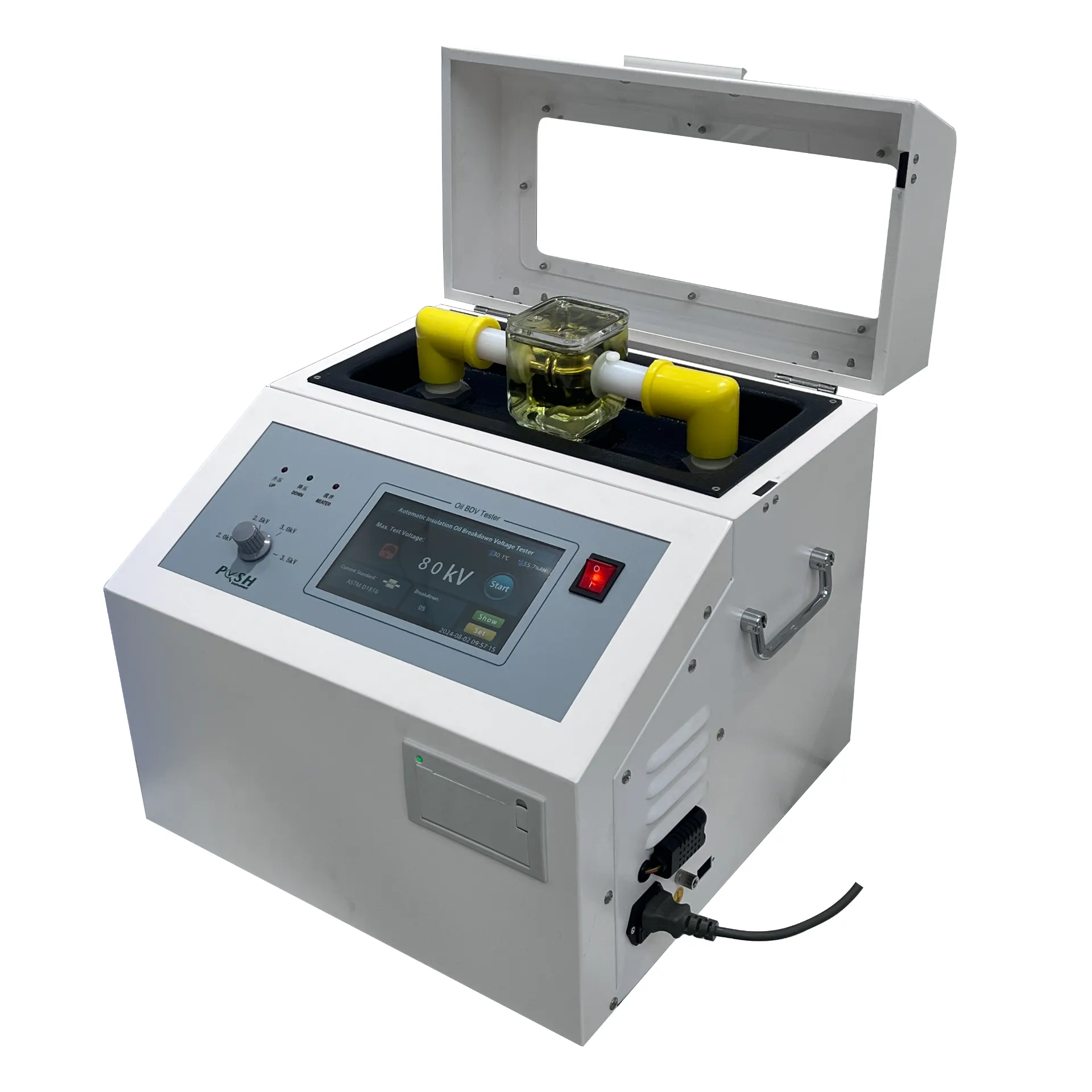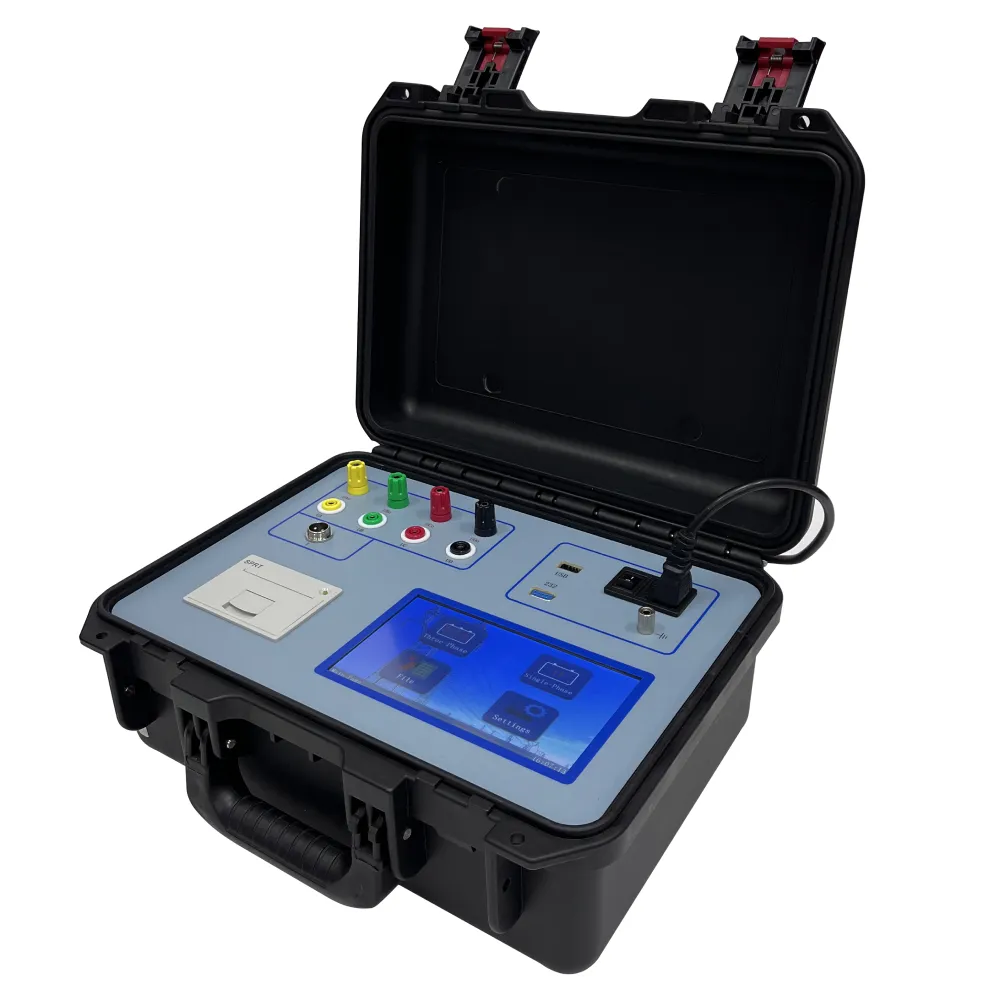TEL:
+86-0312-3189593
 English
English

Telephone:0312-3189593

Email:sales@oil-tester.com

-
 Afrikaans
Afrikaans -
 Albanian
Albanian -
 Amharic
Amharic -
 Arabic
Arabic -
 Armenian
Armenian -
 Azerbaijani
Azerbaijani -
 Basque
Basque -
 Belarusian
Belarusian -
 Bengali
Bengali -
 Bosnian
Bosnian -
 Bulgarian
Bulgarian -
 Catalan
Catalan -
 Cebuano
Cebuano -
 China
China -
 China (Taiwan)
China (Taiwan) -
 Corsican
Corsican -
 Croatian
Croatian -
 Czech
Czech -
 Danish
Danish -
 Dutch
Dutch -
 English
English -
 Esperanto
Esperanto -
 Estonian
Estonian -
 Finnish
Finnish -
 French
French -
 Frisian
Frisian -
 Galician
Galician -
 Georgian
Georgian -
 German
German -
 Greek
Greek -
 Gujarati
Gujarati -
 Haitian Creole
Haitian Creole -
 hausa
hausa -
 hawaiian
hawaiian -
 Hebrew
Hebrew -
 Hindi
Hindi -
 Miao
Miao -
 Hungarian
Hungarian -
 Icelandic
Icelandic -
 igbo
igbo -
 Indonesian
Indonesian -
 irish
irish -
 Italian
Italian -
 Japanese
Japanese -
 Javanese
Javanese -
 Kannada
Kannada -
 kazakh
kazakh -
 Khmer
Khmer -
 Rwandese
Rwandese -
 Korean
Korean -
 Kurdish
Kurdish -
 Kyrgyz
Kyrgyz -
 Lao
Lao -
 Latin
Latin -
 Latvian
Latvian -
 Lithuanian
Lithuanian -
 Luxembourgish
Luxembourgish -
 Macedonian
Macedonian -
 Malgashi
Malgashi -
 Malay
Malay -
 Malayalam
Malayalam -
 Maltese
Maltese -
 Maori
Maori -
 Marathi
Marathi -
 Mongolian
Mongolian -
 Myanmar
Myanmar -
 Nepali
Nepali -
 Norwegian
Norwegian -
 Norwegian
Norwegian -
 Occitan
Occitan -
 Pashto
Pashto -
 Persian
Persian -
 Polish
Polish -
 Portuguese
Portuguese -
 Punjabi
Punjabi -
 Romanian
Romanian -
 Russian
Russian -
 Samoan
Samoan -
 Scottish Gaelic
Scottish Gaelic -
 Serbian
Serbian -
 Sesotho
Sesotho -
 Shona
Shona -
 Sindhi
Sindhi -
 Sinhala
Sinhala -
 Slovak
Slovak -
 Slovenian
Slovenian -
 Somali
Somali -
 Spanish
Spanish -
 Sundanese
Sundanese -
 Swahili
Swahili -
 Swedish
Swedish -
 Tagalog
Tagalog -
 Tajik
Tajik -
 Tamil
Tamil -
 Tatar
Tatar -
 Telugu
Telugu -
 Thai
Thai -
 Turkish
Turkish -
 Turkmen
Turkmen -
 Ukrainian
Ukrainian -
 Urdu
Urdu -
 Uighur
Uighur -
 Uzbek
Uzbek -
 Vietnamese
Vietnamese -
 Welsh
Welsh -
 Bantu
Bantu -
 Yiddish
Yiddish -
 Yoruba
Yoruba -
 Zulu
Zulu
Gearr . 01, 2025 05:07
Back to list
PS-JSB01 Transformer Dielectric Loss Analysis Tan Delta Tester
Capacitance and tan delta measurements play a crucial role in assessing the health and efficiency of electrical systems, specifically in transformers, capacitors, and cables. These parameters offer insights into the insulation quality, which is vital for maintaining system reliability and safety. This article demystifies these measurements by leveraging professional expertise and authentic experiences, ensuring it serves not only as an authoritative source but also as a trustworthy reference for industry professionals.
Real-world experience evidences the utility of these measurements in varied applications. For instance, in large power transformers, routine measurement of capacitance and tan delta can preemptively identify anomalies, guiding timely interventions. In one notable case, continuous monitoring detected minor changes in the tan delta value, successfully averting an impending failure due to insulation weakness, ultimately saving not just considerable repair costs, but also preventing prolonged power outages. Such outcomes underscore the value of these measurements in extending the life of electrical components and sustaining operational efficiency. In the realm of trustworthiness, it’s worth noting that these measurement methodologies are well-recognized and accepted in industry standard practices. International standards like IEEE and IEC outline procedures for accurate capacitance and tan delta testing, providing a benchmark for manufacturers and technicians worldwide. Adhering to these standards ensures that measurements are not just accurate, but also replicable and reliable, reinforcing trust in the diagnostic processes. The latest advancements in measurement technology have further augmented the accuracy and convenience of capacitance and tan delta testing. Modern instruments now integrate digital interfaces and automated reporting tools, which enhance user experience and minimize human error, fortifying the reliability of diagnostics. In conclusion, capacitance and tan delta measurements constitute indispensable tools in the toolkit of electrical system diagnostics. Their role in preemptive maintenance cannot be overstated, serving as critical indicators of insulation integrity and overall system health. Armed with expertise, experience, and authoritative tools, industries can harness these measurements to not only ensure electrical reliability but also optimize operational efficiency and safety.


Real-world experience evidences the utility of these measurements in varied applications. For instance, in large power transformers, routine measurement of capacitance and tan delta can preemptively identify anomalies, guiding timely interventions. In one notable case, continuous monitoring detected minor changes in the tan delta value, successfully averting an impending failure due to insulation weakness, ultimately saving not just considerable repair costs, but also preventing prolonged power outages. Such outcomes underscore the value of these measurements in extending the life of electrical components and sustaining operational efficiency. In the realm of trustworthiness, it’s worth noting that these measurement methodologies are well-recognized and accepted in industry standard practices. International standards like IEEE and IEC outline procedures for accurate capacitance and tan delta testing, providing a benchmark for manufacturers and technicians worldwide. Adhering to these standards ensures that measurements are not just accurate, but also replicable and reliable, reinforcing trust in the diagnostic processes. The latest advancements in measurement technology have further augmented the accuracy and convenience of capacitance and tan delta testing. Modern instruments now integrate digital interfaces and automated reporting tools, which enhance user experience and minimize human error, fortifying the reliability of diagnostics. In conclusion, capacitance and tan delta measurements constitute indispensable tools in the toolkit of electrical system diagnostics. Their role in preemptive maintenance cannot be overstated, serving as critical indicators of insulation integrity and overall system health. Armed with expertise, experience, and authoritative tools, industries can harness these measurements to not only ensure electrical reliability but also optimize operational efficiency and safety.
Latest news
-
Testing Equipment Industry Sees Major Advancements in 2025: Smart & Precision Technologies Lead the WayNewsJun.06,2025
-
Applications of Direct Current Generators in Renewable Energy SystemsNewsJun.05,2025
-
Hipot Tester Calibration and Accuracy GuidelinesNewsJun.05,2025
-
Digital Circuit Breaker Analyzer Features and BenefitsNewsJun.05,2025
-
Benefits of Real-Time Power Quality Monitoring Devices for Industrial EfficiencyNewsJun.05,2025
-
Earth Fault Loop Testing in High-Rise Building Electrical SystemsNewsJun.05,2025



